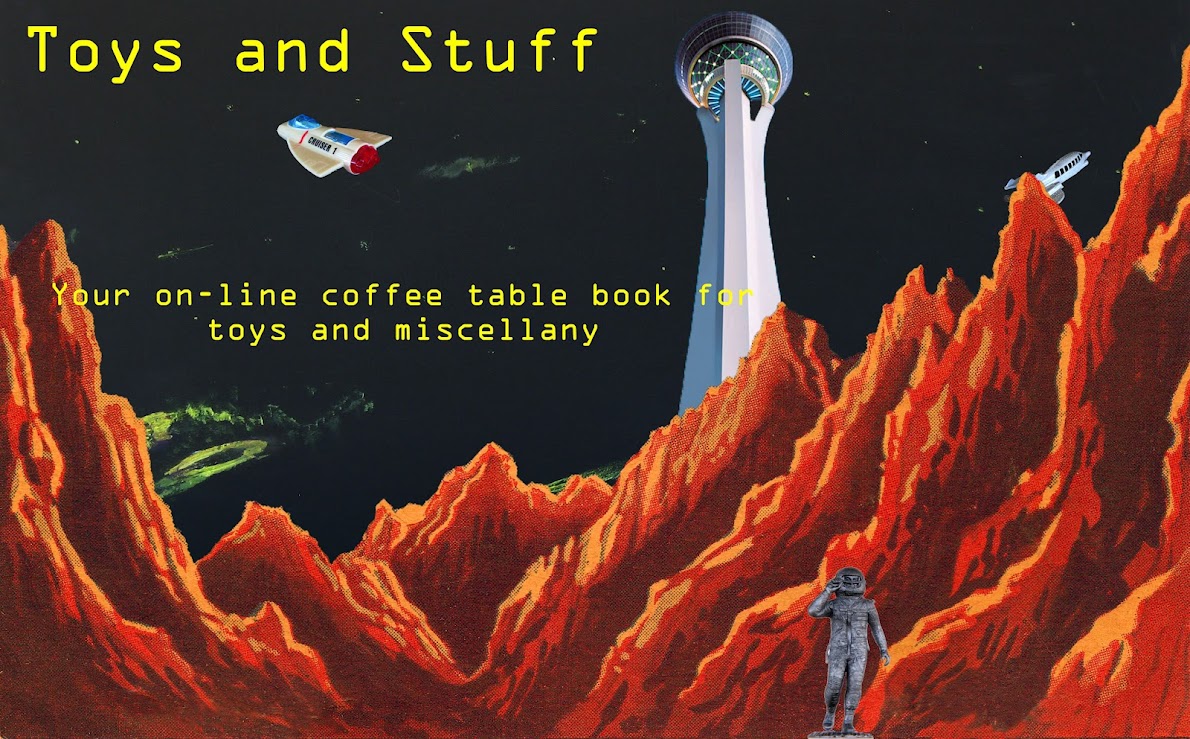The Battle for Hatten-Rittershofen
January 3 - January 20, 1945
(Portions condensed from Wikipedia:
https://en.wikipedia.org/wiki/14th_Armored_Division_(United_States)
The battle for the twin towns of Hatten and Rittershofen, France has been called one of the greatest defensive battles of World War II. As the Germans launched their last major counter-offensive of the war, Operation Nordwind, they were beat back in the Vosges mountains. The Germans then committed the 21st Panzer and 25th Panzer Grenadier Divisions in an attempt to get to Hagenau and threaten Strasbourg and the Saverne Gap. They did this by first attacking Hatten and Rittershofen on the Alsatian Plain. The 14th Armored was the final reserve force available to stop the offensive and was ordered to take up positions around the two towns. The fighting was firece, so fierce that succes was measured in the buildings and rooms taken. The Americans controlled the western half of the villages and the Germans the eastern half. Villages so small as to seemingly be able to throw a rock from one end to the next. It was an epic battle fit for Hollywood and losses were high on both sides. The 47th Tank Battalion had only 17 tanks left out of 50. The 48th Tank Battalion (Raymond's unit) was down to nearly squad strength.
The battle lasted for seventeen days allowing the VI Corps to re-group to prepared defensive positions. Once that was accomplished the 14th and supporting units withdrew south to join the rest of the army. Two Presidential Unit Citations were awarded for their actions during the battle - although four nominations were actually submitted.
Col. Hans von Luck, who commanded the 21st Panzer Division at Hatten-Rittershoffen wrote in his memoirs "Panzer Commander" that the battle ".... was one of the hardest and most costly battles that had ever raged on the western front."
In his book "The History Of The 14th Armored Division" by Captain Joseph Carter (no publisher listed in the book) Capt. Carter ends his chapter on the battle thus:
"It snowed that night of January 20, and the long lines of vehicles - not as long now - moved slowly down the black streets, through the black Alsation towns; and wreckers skidded off the road and were abandoned, and a 155 MM gun skidded and blocked the column for miles; and the men sat in the tangle of vehicles and thought: "If the Krauts attack now, Jesus, Jesus." The enemy did not attack; Hatten was empty, horses and cows and pigs poking in the desolation, looking for food, and people timidly, shockedly, coming out of the cellars."....
..."And the men of the 14th, shivering in their vehicles that snowy night?
There was relief, but not a real relief.
Behind were their friends and their comrades, in the rubble of those towns and on those fields, and more of their friends and comrades were in the hospitals.
And they were reluctant to leave. They did not want to pull out. They did not want to give up the bloody vicious towns later to be compared with Stalingrad. They felt a little as if they were giving up, as if they had fought and suffered and died in vain.
Behind was Hatten and Rittershofen, and behind was the fighting. Behind were endless artillery barrages, the screaming and the waiting. Behind were the fires and the dead; and behind was the German High Command's broken offensive.
And it was a bitter grating night, that night, a night of tears in the soul, and it snowed."
Visiting Rittershofen
In mid-1985 ( I never did record the exact date) Bettina and I took a day trip to Rittershofen. The trip took longer than expected - geez, it didn't look so far on the map! - being about a three hour drive from Zweibrücken. Michelle was only a month or two old and Nathalie was a year old, so we were not at all mentally ready to do an overnighter. As it turns out the town was fast asleep. We went on a weekend and the town was locked up tighter than a drum and barely a car other than our own was anywhere in sight. We probably stayed for a half hour, took some pictures, turned around and went back home. But at least I got to see the town and the area where the battle took place. The landscape here was relatively flat and it's not hard to imagine where two opposing armored forces would have a field day - a veritable 'turkey shoot'. The town was neat and clean, and....sombre.
The picturesque Fachwerkhäuser bely the carnage that once took place here.
The only two reminders of conflict that we could readily see were the monument and this bunker which lay right off one of the main roads cutting through town
See Chapter 4 pgs. 37























































